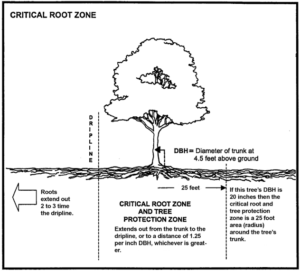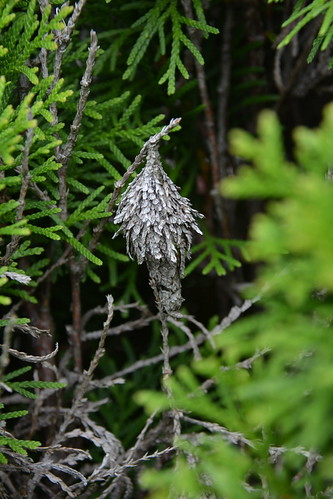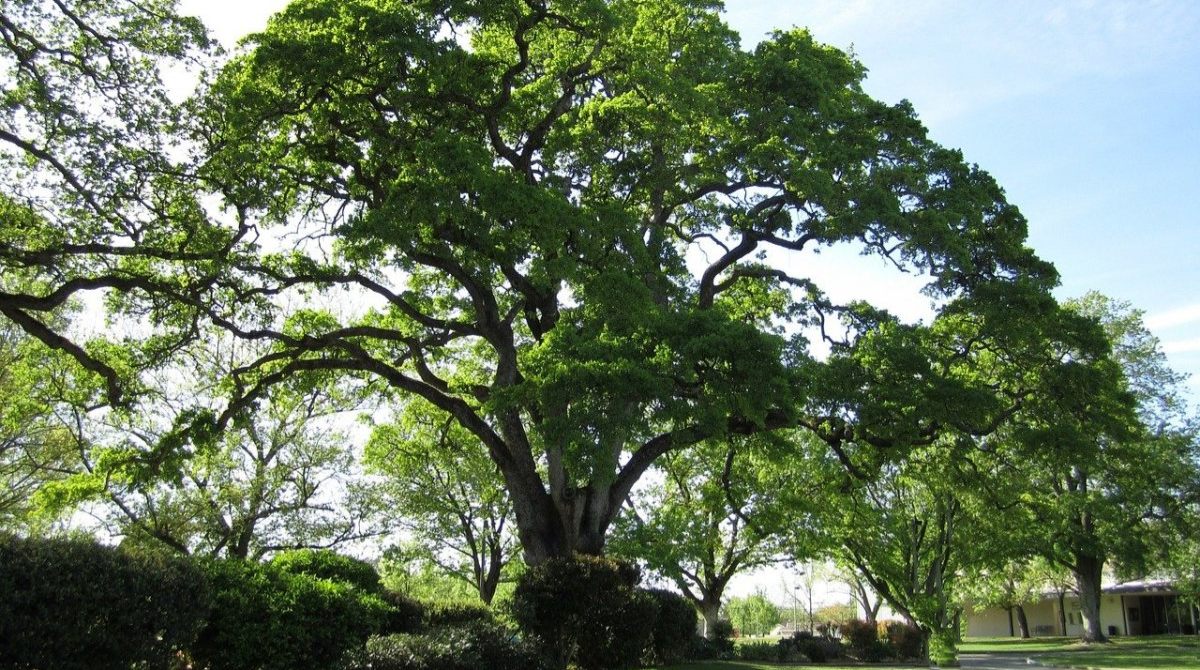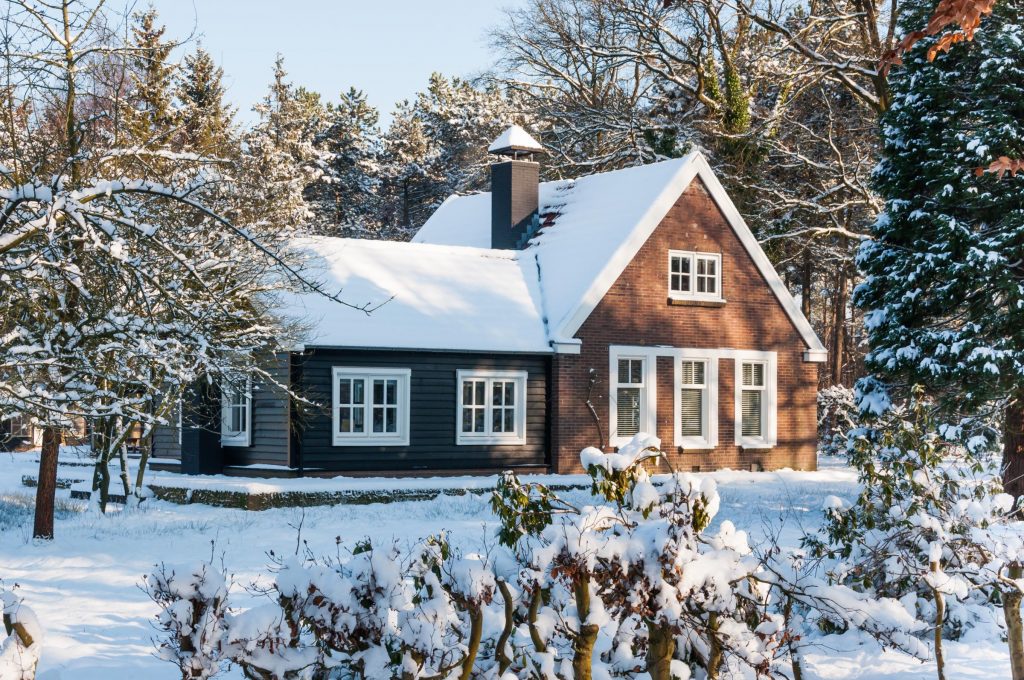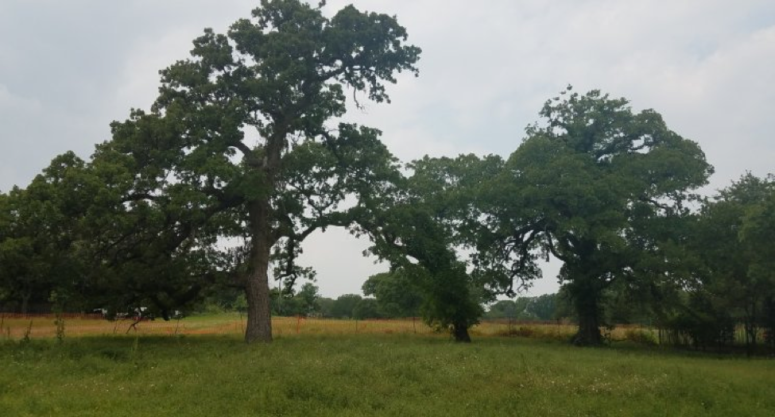
Saving Trees, One Development Project at a Time
Date August 09, 2017
Category
The average lifespan of a healthy oak tree is anywhere from 100 to 300 years; that is, if it’s left to develop without any outside interference from a tree’s biggest predator – man. As our communities continue growing year after year, more trees are coming under distress due to popular construction practices. Whether a tree is being preserved or transplanted, today’s ecologically and socially aware developer takes great care to see that trees are being properly cared for during the development process.
Modern construction practices mean increased traffic on the site. Anytime equipment, vehicles, and even human foot traffic increases, soil compaction is sure to occur. Several factors contribute to soil compaction: actual force applied to the soil, how often the force is applied, and even characteristics such as soil composition, texture, moisture, and surface cover. Soil compaction not only impacts existing trees, but the health of future trees that might be transplanted to the property.
The four main components of healthy soil are air, organic matter, minerals, and water. The ideal soil consists of about 50% pore space to allow for water and air to penetrate down to tree root hairs. Loss of pore space slows air and water movement through the soil, decreasing the availability of air and water to the roots. When pore space drops to 12%, root growth is completely inhibited, putting a once healthy tree into distress. The compaction level prevents transplanted trees from establishing a healthy root system as well.
Most tree roots will be concentrated in the top 18 inches of soil and extend well beyond the edges of the extended canopy. As soil becomes more compacted, the tree will compensate by adding root growth closer to the surface. Besides the evident distress caused by soil compaction, further damage is caused as the root system now becomes more susceptible to temperature change and drought.
Tree preservation is directly related to soil preservation. Preventing soil compaction is always a great place to start. There are many techniques that can reduce soil compaction, but ultimately the best means of protecting trees long term is the implementation of tree protection zones – fenced areas that prevent traffic of any kind near the base of the trees.
It’s understandable that ample tree protection zones cannot always be established; in the case where soil compaction has already started, measures can be taken to diminish the effects of soil compaction. Methods of improving the soil after compaction has begun including aerating the soil by drilling down into the soil layers and applying proven products to solve problems directly to the distressed root systems.
Conscientious developers are now including certified master arborists on their development teams, along with their civil engineers and landscape architects. The opinions of these professionals should be considered when determining which trees to keep and which will be removed to make way for thoroughfares, drainage and utilities. In cases where soil compaction has already occurred, engage professionals in the tree care industry to treat existing damage and restore damaged trees back to optimal health. Optimally, having a plan in place before construction begins to protect existing trees and restore health to trees that are damaged in the development process. Healthy trees provide many benefits, from cleaner air, lower utility bills, higher property values, and economically robust communities. IBA treatments in combination with preventative measures give distressed trees and new plantings the best survival rate. For more information visit www.treenewal.com or contact Jorge Gaona to schedule a meeting info@treenewal.com or tel:(817) 592-6846.
